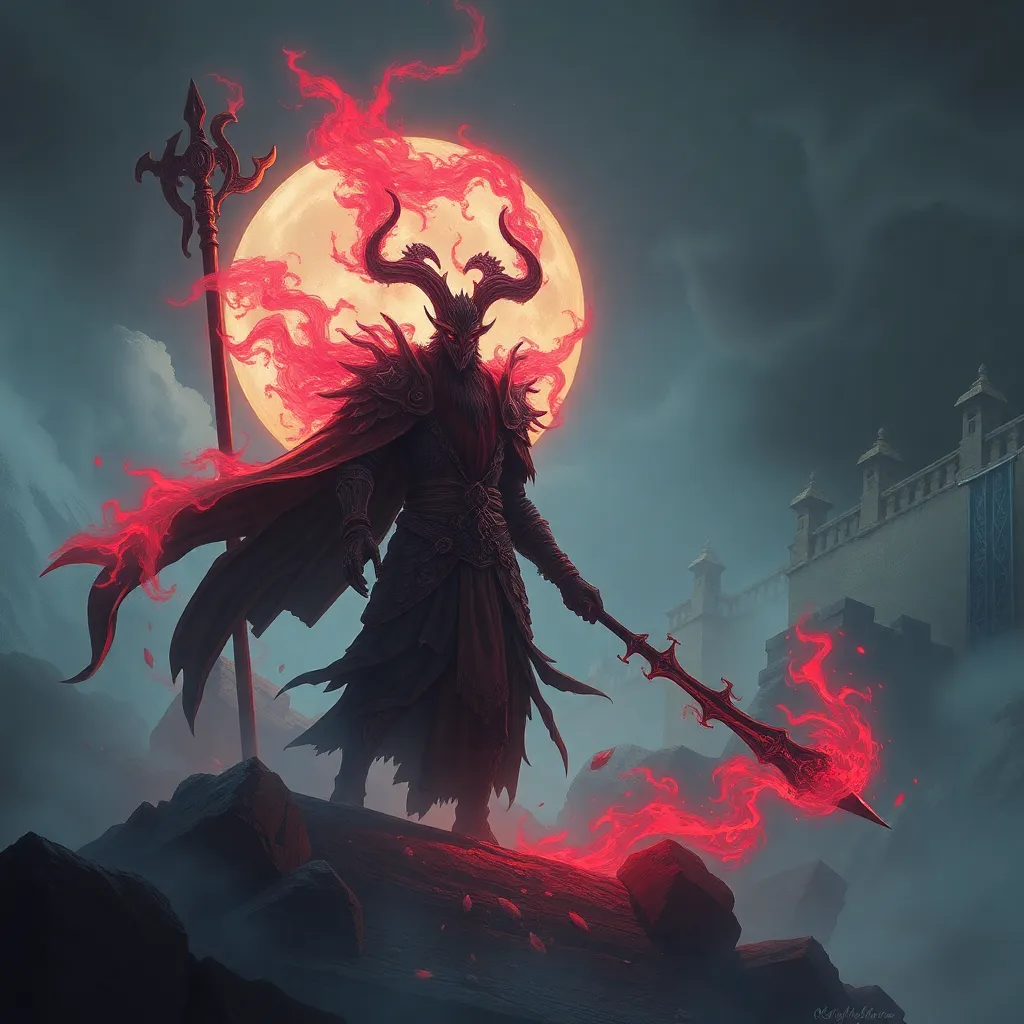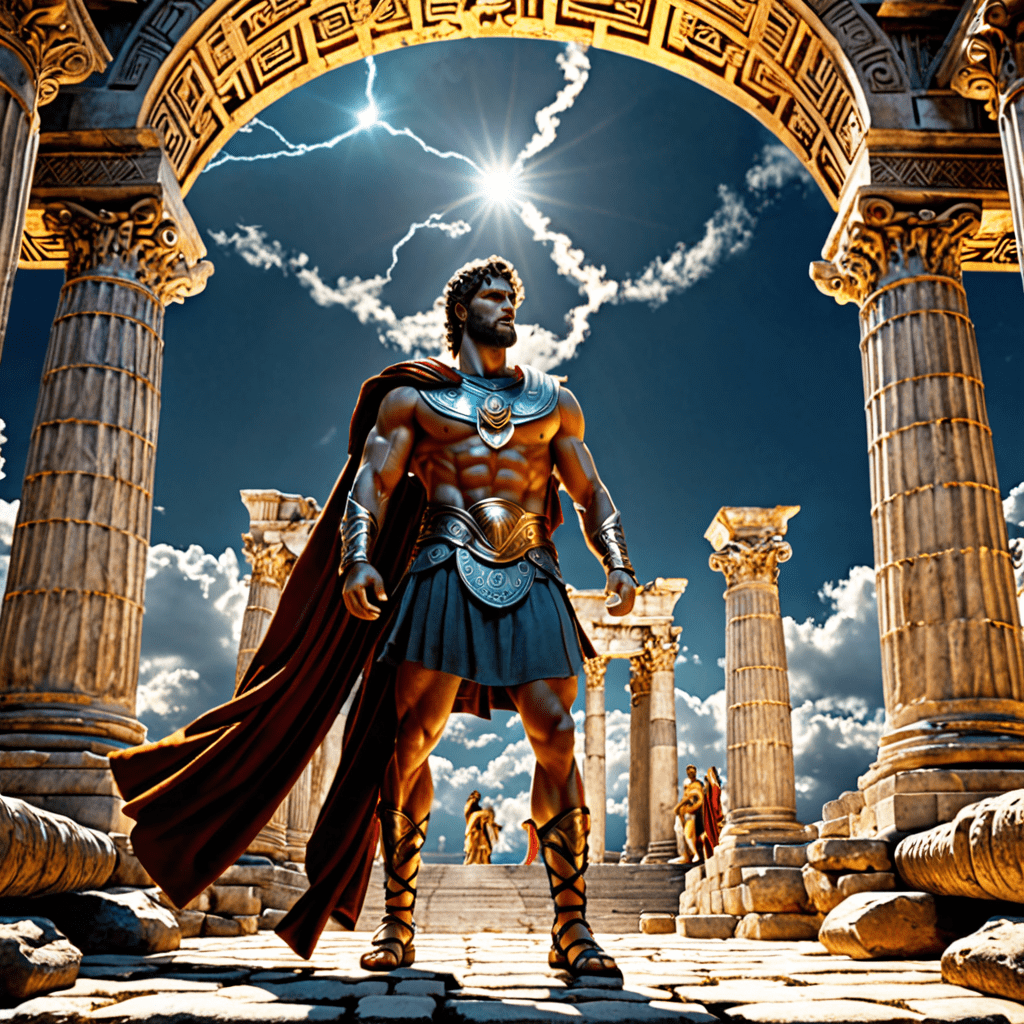The Deathless Enemy: Koschei’s Role as a Villain in Folk Tales and Literature
I. Introduction
Koschei, known as Koschei the Deathless, is a prominent figure in Slavic folklore, often depicted as a powerful and malevolent sorcerer. His character embodies the archetype of the deathless villain, representing not only physical threats to heroes but also deeper existential fears surrounding death and immortality. The purpose of this article is to explore Koschei’s role and representation in various narratives, examining his significance as a villain and the themes he embodies.
II. Origins of Koschei in Slavic Folklore
The origins of Koschei can be traced back to the rich tapestry of Slavic folklore, where he is often associated with themes of death, immortality, and the battle between good and evil. Historically, Koschei’s character has been shaped by the cultural and social contexts of the Slavic peoples, reflecting their fears and beliefs about the afterlife and the nature of existence.
Early depictions of Koschei vary across different tales, but common elements include his role as a wicked sorcerer who steals away the souls of heroes and heroines. In these stories, he is often portrayed as an antagonist who possesses a powerful secret that grants him immortality, typically hidden within a magical object or creature.
The symbolism of immortality and death in folklore is crucial to understanding Koschei’s character. He embodies the fear of death—an eternal being who cannot be easily destroyed, thus challenging the natural cycle of life and death.
III. Characteristics of Koschei the Deathless
Koschei is often described as a tall, skeletal figure with piercing eyes and an aura of darkness surrounding him. His physical appearance serves as a reflection of his sinister nature and the fear he instills in those who encounter him.
Among his notable powers and abilities are:
- Immortality: Koschei’s most defining characteristic, often linked to a hidden object that is the source of his life.
- Shape-shifting: He can transform into various forms, making him a deceptive and challenging foe.
- Dark magic: Koschei wields powerful sorcery, allowing him to manipulate the elements and control the fates of others.
Psychologically, Koschei is driven by a desire for power and control. His motivations often stem from a fear of vulnerability and a longing to dominate over life and death, making him a complex villain who embodies both external and internal struggles.
IV. Koschei as a Catalyst for Heroism
Koschei serves as a formidable challenge for heroes and heroines in Slavic tales, often acting as the catalyst for their journeys. The archetype of the hero’s journey is exemplified through characters who must confront Koschei to achieve their goals or rescue someone dear to them.
Examples of tales where Koschei serves as the primary antagonist include:
- The Frog Princess: In this tale, Koschei abducts the princess, prompting the hero to embark on a quest to rescue her and confront the dark sorcerer.
- Vasilisa the Beautiful: Vasilisa faces Koschei, who embodies the trials and tribulations she must overcome to achieve personal growth and fulfillment.
In these narratives, Koschei not only tests the heroes’ strength and resolve but also contributes to their development and transformation.
V. The Symbolism of Death and Immortality
The thematic exploration of life, death, and rebirth is central to the narratives involving Koschei. His immortality serves as a metaphor for existential fears, highlighting humanity’s struggle with the concept of death and the desire for eternal life.
Koschei’s character invites cultural interpretations of death and the afterlife, often reflecting the beliefs of the Slavic people regarding mortality. His existence challenges the natural order, causing characters and audiences alike to grapple with the implications of a life devoid of death.
VI. Koschei in Modern Literature and Adaptations
Koschei’s influence extends into contemporary literature and adaptations, where his character is often reinterpreted to fit modern narratives. He appears in various formats, including:
- Literature: Authors draw on Koschei’s archetype to explore themes of power, fear, and the struggle against evil.
- Film: In movies, Koschei is often portrayed as a dark sorcerer whose immortality presents unique challenges for protagonists.
- Video games: His character has inspired numerous game narratives, where players must confront his dark magic and cunning.
These modern interpretations often highlight the timeless nature of Koschei’s character, as he continues to resonate with audiences facing their fears and challenges.
VII. The Legacy of Koschei in Popular Culture
Koschei’s presence in folklore-inspired media has solidified his status as a deathless villain. His character resonates with contemporary societal fears, reflecting ongoing concerns about power, control, and the nature of evil.
The enduring appeal of Koschei can be attributed to his complex nature, as he embodies not only a physical threat but also the psychological struggles that many face in their lives. His legacy can be seen in:
- Animations: Animated adaptations often portray Koschei in a more vibrant yet still sinister light, appealing to younger audiences.
- Games: Video games featuring Koschei allow players to engage with his character, often providing layers of narrative that explore his motivations and fears.
VIII. Conclusion
Koschei’s significance as a villain in folklore and literature is profound, with his character evolving across cultures and time. As a representation of death and immortality, he challenges heroes and embodies the existential fears that resonate with audiences. The impact of Koschei’s archetype on storytelling and cultural narratives continues to be felt, inviting reflection on the nature of good, evil, and the human condition.




